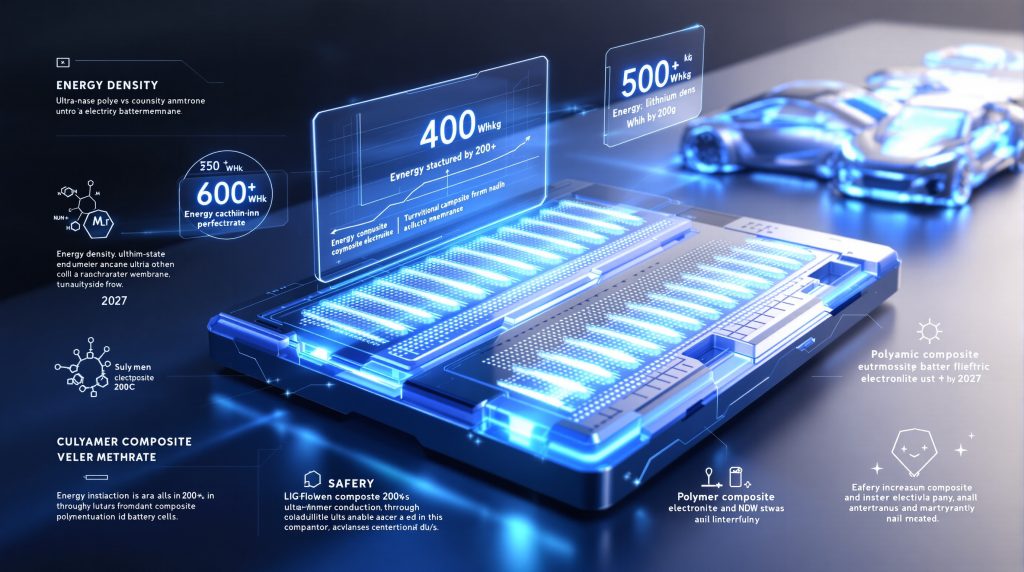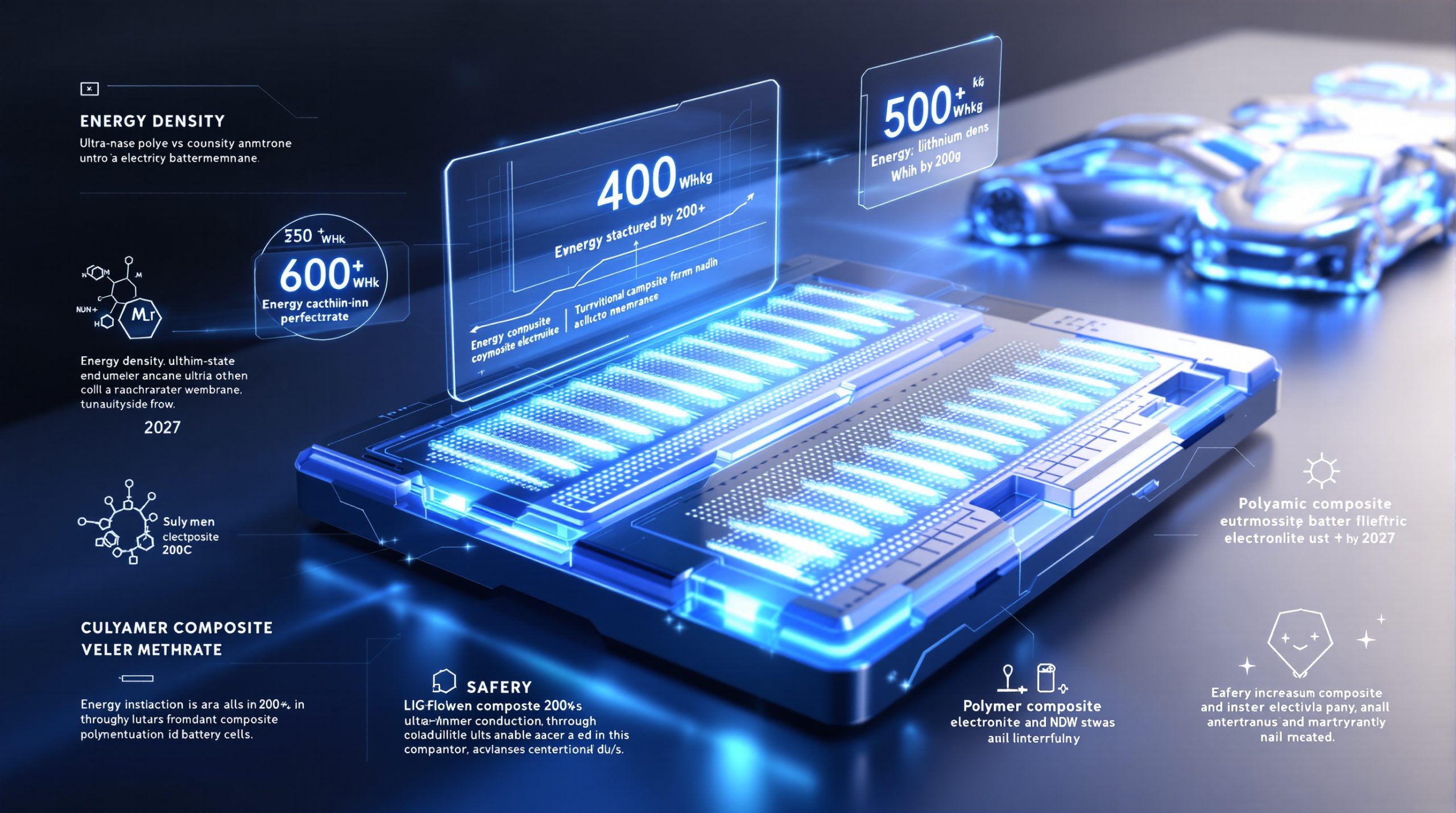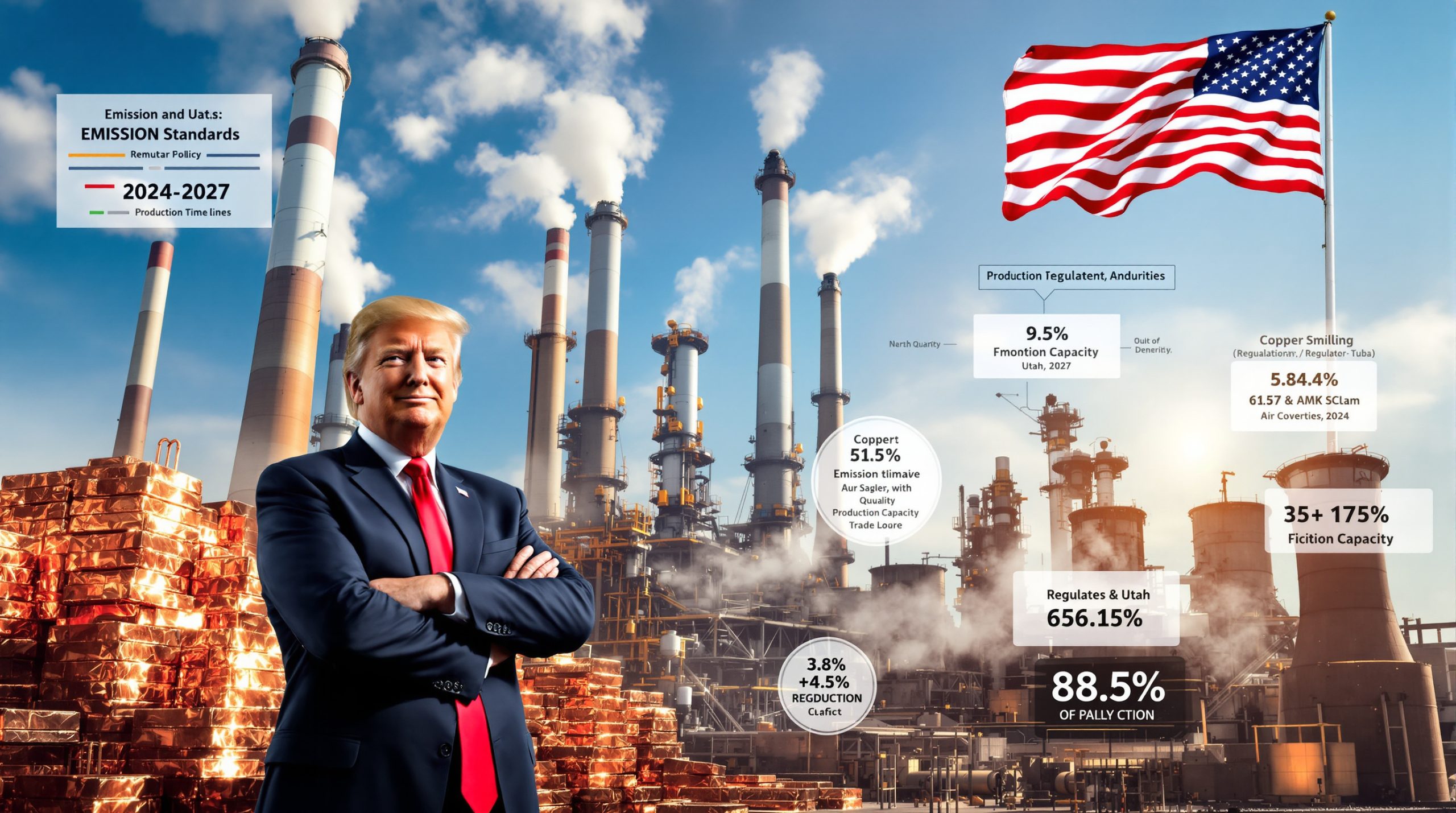Sunwoda's Revolutionary Solid-State Battery Technology
Chinese battery manufacturer Sunwoda has introduced its groundbreaking "Xin·Bixiao" polymer all-solid-state battery system, marking a significant advancement in energy storage capabilities for electric vehicles. This innovative Sunwoda unveils next-gen solid-state battery technology achieves 400 Wh/kg energy density while maintaining exceptional durability through 1,200 charge cycles under ultra-low pressure conditions below 1 MPa.
The breakthrough represents a substantial leap forward from conventional lithium-ion systems, offering enhanced safety characteristics and superior performance metrics that could accelerate mainstream electric vehicle adoption. Furthermore, this development demonstrates how recent innovations in battery recycling breakthrough technologies complement advancing battery manufacturing capabilities.
Technical Architecture and Material Innovations
The "Xin·Bixiao" battery system incorporates three revolutionary technological components that enable its superior performance characteristics:
- Ultra-dense solid-state cathode architecture with dramatically reduced porosity levels
- Advanced nano-structured anode materials delivering substantially higher capacity than traditional graphite alternatives
- Ultra-thin polymer composite electrolyte membrane providing enhanced ionic conductivity and mechanical durability
According to industry analysis, these architectural improvements address fundamental limitations of current battery technologies while maintaining manufacturing scalability. The polymer-based electrolyte system offers particular advantages in terms of production costs and thermal stability compared to ceramic alternatives being developed by competitors.
Moreover, these developments align with broader electric vehicle trends that prioritise both performance and sustainability in the automotive sector.
Energy Density Comparison Across Battery Technologies
Sunwoda's solid-state battery achievement places it at the forefront of next-generation energy storage systems, with performance metrics that substantially exceed current commercial alternatives:
| Battery Technology | Energy Density (Wh/kg) | Development Stage | Applications |
|---|---|---|---|
| Conventional Lithium-ion | 250-300 | Commercial Production | Current EVs |
| Sunwoda Solid-State | 400 | Pilot Production | Next-generation EVs |
| Sunwoda Lab Samples | 520 | Laboratory Testing | Advanced Applications |
| Sunwoda 2027 Target | 700+ | Research Phase | Premium Vehicles |
This energy density improvement translates directly into practical benefits for electric vehicle manufacturers and consumers. Vehicles equipped with Sunwoda unveils next-gen solid-state battery technology could achieve extended driving ranges without increasing battery pack weight, or maintain current range capabilities while significantly reducing overall vehicle mass.
The implications extend beyond individual vehicle performance to broader industry dynamics, potentially enabling new vehicle architectures and design approaches that were previously constrained by battery weight and volume limitations. Consequently, this connects to ongoing battery metals investment strategies that support such technological advances.
Safety and Durability Performance Characteristics
Enhanced Safety Mechanisms
Sunwoda's solid-state design addresses critical safety concerns that have historically limited battery technology adoption:
- Extreme temperature tolerance – Successfully withstands 200°C hot box testing protocols
- Physical damage resistance – Maintains stability during nail penetration tests without thermal runaway events
- Self-healing interface technology – Prevents lithium dendrite formation that commonly causes conventional battery failures
- Polymer electrolyte stability – Eliminates flammable liquid electrolyte risks present in traditional systems
These safety enhancements represent fundamental improvements over liquid electrolyte systems, which remain vulnerable to thermal runaway under extreme conditions. The solid polymer electrolyte provides inherent fire resistance and mechanical integrity even when subjected to physical damage.
Long-term Durability Metrics
The 1,200-cycle lifespan achieved under ultra-low pressure conditions suggests these batteries could maintain performance for over a decade in typical automotive applications. This durability characteristic significantly reduces total cost of ownership calculations for electric vehicle operators.
Industry experts note that cycle life performance under minimal external pressure represents a critical advancement, as many solid-state battery designs require substantial mechanical compression to maintain performance over time. In addition, these developments complement innovations in direct lithium extraction methods that ensure sustainable resource supply chains.
Market Commercialisation Timeline and Production Scaling
2025 Development Milestones
Sunwoda plans to complete a 0.2 GWh pilot production line for solid-state battery cells by year-end 2025, representing the transition from laboratory development to manufacturing validation phases.
2026 Commercial Launch Strategy
The company targets 1 GWh annual production capacity for 2026, with cost reduction objectives reaching approximately $0.28 per Wh for polymer-based all-solid-state batteries. This pricing target approaches cost parity with semi-solid-state alternatives, making the technology commercially viable for mainstream automotive applications.
2027 Advanced Performance Goals
Sunwoda anticipates completing laboratory samples exceeding 700 Wh/kg energy density by 2027, establishing a clear technological roadmap for next-generation applications requiring ultra-high energy storage capabilities.
Global Competitive Landscape Analysis
Asian Market Competition
The solid-state battery development race involves multiple Chinese manufacturers pursuing different technological approaches. According to Electrive's coverage, this competitive landscape is driving rapid innovation across the sector.
Chery Automobile recently demonstrated solid-state battery modules with 600 Wh/kg energy density, claiming potential EV ranges of 1,200-1,300 kilometres. The company plans initial vehicle integration testing for 2027.
Eve Energy has begun production of all-solid-state batteries achieving 300 Wh/kg energy density, initially targeting humanoid robots and flying car applications rather than conventional automotive markets.
International Development Programs
Global competitors are pursuing various solid-state approaches:
- Toyota continues long-standing solid-state research with prototype vehicle demonstrations
- QuantumScape focuses on silicon nanowire anode technology for automotive applications
- Solid Power develops sulfide-based solid electrolyte systems for multiple industries
The diversity of technological approaches suggests the solid-state battery market may support multiple competing technologies rather than converging on a single dominant design.
Manufacturing Cost Competitiveness Strategy
Production Cost Reduction Approach
Sunwoda unveils next-gen solid-state battery manufacturing involves several strategic elements:
- Polymer-based electrolyte production – More scalable manufacturing processes than ceramic alternatives
- Existing infrastructure utilisation – Leveraging current battery production capabilities with modifications
- Supply chain optimisation – Strategic sourcing arrangements for key material components
- Rapid capacity scaling – Achieving economies of scale through aggressive production expansion
Manufacturing Insight: Sunwoda's polymer-based approach offers significant manufacturing advantages over ceramic solid electrolyte systems, which typically require high-temperature processing and specialised equipment that increases capital expenditure requirements.
The company's cost reduction timeline aligns with broader industry trends toward solid-state commercialisation, with multiple manufacturers targeting mid-decade market introduction for premium applications. However, this approach must also consider closed-loop recycling process integration to ensure long-term sustainability.
Strategic Automotive Partnership Development
Current Integration Partnerships
Sunwoda has established collaborative relationships with major Chinese automotive manufacturers:
Li Auto – Integration planning for future vehicle platforms leveraging solid-state technology advantages
Dongfeng Motor – Collaborative development initiatives focusing on commercial vehicle applications
Additional OEM Negotiations – Ongoing discussions with multiple automotive manufacturers for technology adoption
These partnerships indicate strong industry confidence in Sunwoda's technological approach and commercial viability projections. The involvement of established automotive manufacturers provides validation for the practical implementation potential of solid-state systems.
Electric Vehicle Market Transformation Implications
Vehicle Design Evolution Potential
Successful commercialisation of 400 Wh/kg solid-state batteries could catalyse fundamental changes in electric vehicle development:
Architectural Flexibility:
- Lighter battery systems enabling improved overall vehicle efficiency
- Enhanced packaging flexibility for automotive designers
- Potential for entirely new vehicle form factors
Performance Capabilities:
- Extended range without weight penalties
- Improved acceleration characteristics through weight reduction
- Enhanced safety perception driving consumer acceptance
Market Adoption Acceleration Factors
The combination of improved performance and enhanced safety characteristics addresses key consumer concerns that have historically limited electric vehicle adoption:
- Range anxiety reduction through substantially improved energy storage capacity
- Safety perception enhancement via elimination of thermal runaway risks
- Total cost of ownership improvement through extended battery lifespan
- Charging infrastructure optimisation through reduced battery degradation rates
Technical Implementation Considerations
What are the climate performance characteristics?
The polymer composite electrolyte maintains ionic conductivity across wider temperature ranges than traditional liquid electrolytes, ensuring consistent performance in diverse climate conditions. This characteristic addresses a significant limitation of current battery systems in extreme weather environments.
How does fast charging potential compare?
While specific charging rate capabilities were not detailed in Sunwoda's announcement, solid-state technology typically enables faster charging due to improved ion transport characteristics and reduced internal resistance compared to liquid electrolyte systems.
What integration complexity should manufacturers expect?
Vehicle manufacturers will need to adapt existing battery management systems to optimise solid-state battery performance, including thermal management approaches and charging protocols specifically designed for polymer electrolyte systems.
Applications Beyond Automotive Markets
Industrial and Infrastructure Applications
Sunwoda unveils next-gen solid-state battery technology developments extend beyond automotive applications into multiple sectors:
Grid-Scale Energy Storage:
- Enhanced safety characteristics for utility-scale installations
- Extended operational lifespan reducing replacement costs
- Improved energy density for space-constrained applications
Aerospace and Aviation:
- Weight-critical applications benefiting from high energy density
- Enhanced safety requirements for aviation environments
- Potential for electric aircraft development
Consumer Electronics:
- Improved safety for portable device applications
- Enhanced performance characteristics for high-demand devices
- Manufacturing scalability for mass consumer markets
Investment and Industry Analysis
Market Timing Considerations
Sunwoda's 2026 commercialisation target aligns with broader industry expectations for solid-state battery market introduction. The timing positions the company to capture early premium market segments while production costs remain higher than conventional alternatives.
Technology Risk Assessment
Despite promising laboratory results, solid-state battery commercialisation faces several technical challenges:
- Manufacturing yield rates during large-scale production scaling
- Interface stability between solid electrolyte and electrode materials over extended cycles
- Cost reduction achievement while maintaining performance specifications
- Quality control consistency across high-volume manufacturing operations
As noted by S&P Global's automotive technology insights, these challenges require careful monitoring throughout the development process.
Supply Chain Implications
Widespread solid-state battery adoption could reshape raw material demand patterns, potentially reducing requirements for certain materials while increasing demand for specialised polymer components and high-purity lithium sources.
Future Technology Development Trajectories
Performance Enhancement Roadmap
Sunwoda's progression from 400 Wh/kg current production targets to 700+ Wh/kg laboratory goals by 2027 demonstrates the rapid pace of solid-state battery development. This trajectory suggests continued performance improvements beyond initial commercial introduction.
Manufacturing Scaling Challenges
The transition from 0.2 GWh pilot production to 1 GWh commercial capacity represents a five-fold scaling challenge that will test manufacturing process stability and quality control systems under high-volume conditions.
Industry Standardisation Needs
As multiple manufacturers pursue different solid-state approaches, industry standardisation for charging protocols, safety testing, and performance metrics will become increasingly important for market development.
Conclusion: Transformative Technology at Critical Inflection Point
Sunwoda's unveiling of commercially viable solid-state battery technology with 400 Wh/kg energy density represents a pivotal moment in energy storage system evolution. The combination of superior performance characteristics, enhanced safety features, and a clear path to cost-competitive mass production positions this technology as a potential catalyst for accelerated electric vehicle adoption.
The company's ambitious development roadmap, extending to 700+ Wh/kg laboratory capabilities by 2027, demonstrates the rapid innovation pace in this critical technology sector. As production scales and costs decrease through 2026, solid-state batteries may finally deliver on their long-promised potential to revolutionise energy storage across automotive and industrial applications.
The success of Sunwoda's commercialisation efforts will likely influence the broader competitive landscape, potentially accelerating similar announcements from other manufacturers and establishing solid-state technology as the next standard for premium electric vehicle applications.
Industry Outlook: The convergence of multiple Chinese manufacturers achieving solid-state battery breakthroughs simultaneously suggests 2025-2027 may represent the transition period from laboratory curiosity to commercial reality for next-generation energy storage systems.
Disclaimer: This analysis is based on publicly available information and company announcements. Actual commercial performance and market adoption may vary significantly from projections. Investors should conduct independent research before making investment decisions related to solid-state battery technology or associated companies.
Looking for Investment Opportunities in Next-Generation Battery Technologies?
Discovery Alert's proprietary Discovery IQ model identifies significant ASX mineral discoveries in real-time, including breakthrough announcements related to battery metals and energy storage innovations that could impact the mining sector. Begin your 30-day free trial today and discover how major mineral discoveries can generate substantial returns by exploring Discovery Alert's discoveries page, positioning yourself ahead of the market in this rapidly evolving industry.




